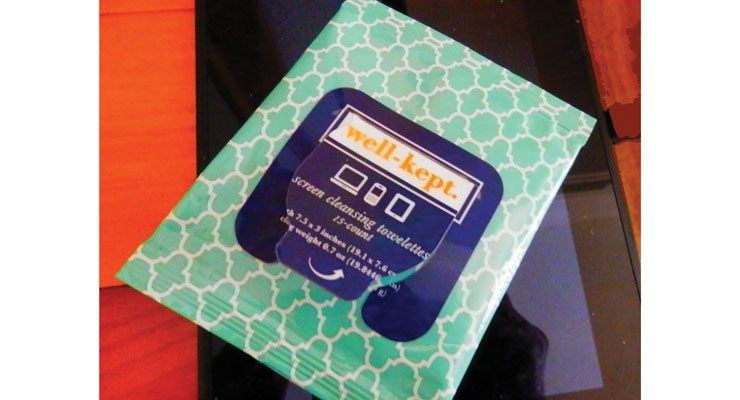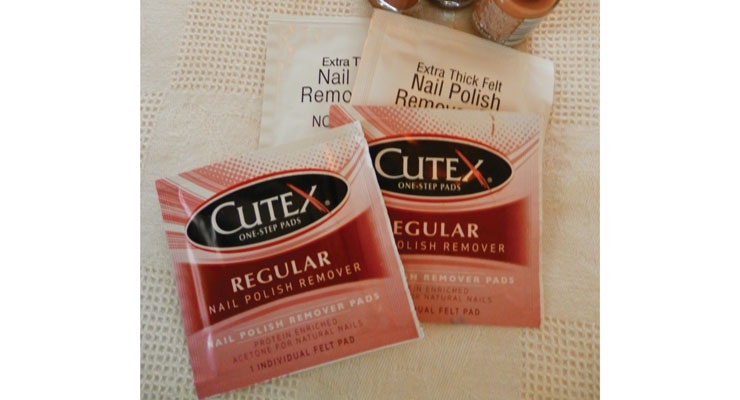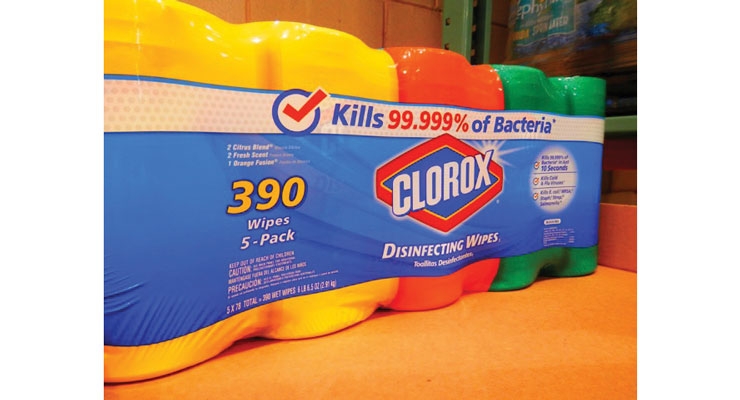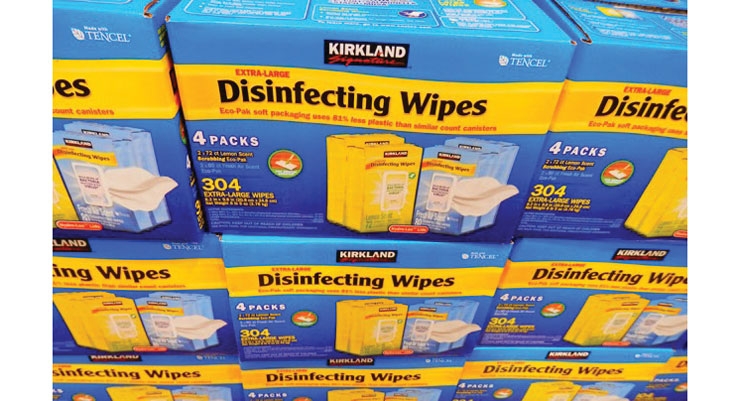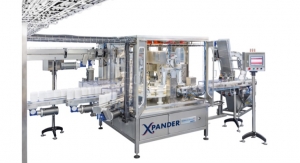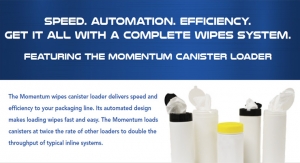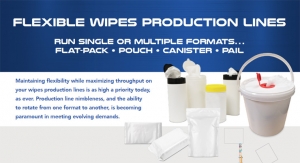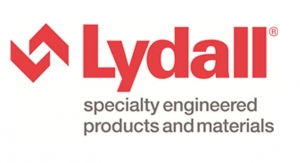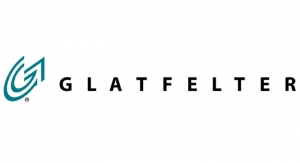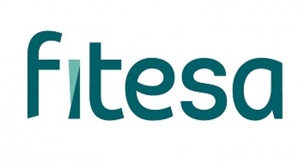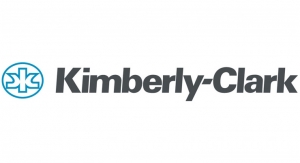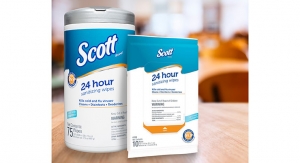Susan Stansbury03.27.17
Across a world of applications, consumers and buyers take note of the container first. Value, convenience, protection and aesthetics drive packaging considerations. For certain consumers, there are additional factors at play. Lifestyles, family needs and personal priorities, from economy to experiential self-branding, are elements that packages display. Categories include:
Canisters as wet wipe protectors have ruled retail shelves for decades, particularly in surface wiping applications. In U.S. homes, under-counter storage canisters are still ubiquitous. Through the years, evolution of canister wipes led to larger canisters for higher wipe counts, easier openers for improved pull-grasp of wipes, more appealing canisters designed to sit on the counter, some ergonomically shaped containers; and recently, increasing use of shrink labels. The canister itself has not changed much in recent years, according to suppliers like NEW Plastics.
There are also institutional uses of canister wipes across markets, from medical sanitizing to shopping cart wiping and industrial duty. In these areas, some of the largest count canisters, pouches and refill packaging contain 1200 or more wipes, according to Mike Kryshak of Rebel Wipes. “Reusable primary packaging is growing where canisters contain refill pouches,” he adds.
Canister niches still show up. For example, there are Georgia-Pacific’s Brawny brand Giant Multi-Purpose Wet Cloths that come in a large rigid, slightly tapered HDPE canister with an overall shrink label. These larger, taller wipes canisters also have black polypropylene lids, in a customary world of white tops.
lexible Flat Packs
Flexible flat packs show up across skin contact and cleaning products, especially for travel and carry convenience. Ranging in count size from just five to 10 wipes, to 30 or more, these packages fly off retail shelves where they are displayed in trays and hang tag point-of-purchase formats. They include:
Three types of opening mechanisms show up in the packs: peel and seal; rigid “click;” and more elaborate flip-top molded fitment openers often seen in baby and bathroom wipes. “Rigid Lenz II” by Berry Plastics is an alternative to the peel and seal, engineered to do a better job keeping wipes fresh after repeated package opening. The rigid lens opening allows for higher stack packs. Product designers recognize shelf life as one value driver where they must deliver moisture retention and freshness.
Tubs
Tubs are the backbone of baby wipes packaging, with easy opening tops. Brands including Huggies and Pampers have long standing loyalty in baby care, and private labelers like Rockline have held larger-than-usual private label share. Evolution of the thermal formed tub category has focused on features like a “window” by UBBI to see when wipes are near empty; careful materials selection by The Honest Company for sensitive skin concerns; and refill packs for better budget economy. Convenience still turns parents’ heads with benefits offered such as Huggies One Touch Lids.
Singles
Singles where wipes are individually packaged are mostly seen in sample and specialty markets. When specialty products need extra protection for freshness with each wipe or are branded as premium packets, suppliers like American Flexpack offer a full lineup dedicated to singles.
“Unique cosmetics or products where inner barrier protection properties are required may call for singles,” says Colleen Smits of American Flexpack. One particular example is a glycolic acid peel pad individually packaged. Multilayered and sealed single packets are typically placed into boxes for major cosmetic brands. Smits also talks about one industrial cleaning wipe used only every few months, “so freshness is assured the next time the technician opens a new one.”
When barrier property protection is a factor, chemical solutions and wet wipe ingredients are tested against the inner package layer where contact occurs to be sure there is no deterioration.
Product and package developers cast their views across every delivery system, wanting to offer products in each or take ideas across platforms. For example, tissue, towels and cleaning wipes cross over: Brawney is not just a paper towel, it’s a wet towel too. Mr. Clean is not just a spray, it’s a moist wipe. Bliss facial care items are in jars, tubes, wipes and singles. With the ever-expanding possibilities for product containment, wipes are a solid, ever-convenient and attractive choice.
- Canisters
- Flat packs
- Tubs
- Pouches
- Refills
- Singles
Canisters as wet wipe protectors have ruled retail shelves for decades, particularly in surface wiping applications. In U.S. homes, under-counter storage canisters are still ubiquitous. Through the years, evolution of canister wipes led to larger canisters for higher wipe counts, easier openers for improved pull-grasp of wipes, more appealing canisters designed to sit on the counter, some ergonomically shaped containers; and recently, increasing use of shrink labels. The canister itself has not changed much in recent years, according to suppliers like NEW Plastics.
There are also institutional uses of canister wipes across markets, from medical sanitizing to shopping cart wiping and industrial duty. In these areas, some of the largest count canisters, pouches and refill packaging contain 1200 or more wipes, according to Mike Kryshak of Rebel Wipes. “Reusable primary packaging is growing where canisters contain refill pouches,” he adds.
Canister niches still show up. For example, there are Georgia-Pacific’s Brawny brand Giant Multi-Purpose Wet Cloths that come in a large rigid, slightly tapered HDPE canister with an overall shrink label. These larger, taller wipes canisters also have black polypropylene lids, in a customary world of white tops.
lexible Flat Packs
Flexible flat packs show up across skin contact and cleaning products, especially for travel and carry convenience. Ranging in count size from just five to 10 wipes, to 30 or more, these packages fly off retail shelves where they are displayed in trays and hang tag point-of-purchase formats. They include:
- Cosmetic cleansers, exfoliants, nail care, intimate soft cloths, facial towelettes, flushable, lens and screen applications, fitness equipment cleaning wipes and many other task specific specialties, from head to tail (scalp cleansers to hemorrhoidal) moist wipes.
- There are also dry nonwoven wipers in economy plastic packaging and some dry specialties in flexible flat packs meant to be wetted by the consumer.
Three types of opening mechanisms show up in the packs: peel and seal; rigid “click;” and more elaborate flip-top molded fitment openers often seen in baby and bathroom wipes. “Rigid Lenz II” by Berry Plastics is an alternative to the peel and seal, engineered to do a better job keeping wipes fresh after repeated package opening. The rigid lens opening allows for higher stack packs. Product designers recognize shelf life as one value driver where they must deliver moisture retention and freshness.
Tubs
Tubs are the backbone of baby wipes packaging, with easy opening tops. Brands including Huggies and Pampers have long standing loyalty in baby care, and private labelers like Rockline have held larger-than-usual private label share. Evolution of the thermal formed tub category has focused on features like a “window” by UBBI to see when wipes are near empty; careful materials selection by The Honest Company for sensitive skin concerns; and refill packs for better budget economy. Convenience still turns parents’ heads with benefits offered such as Huggies One Touch Lids.
Singles
Singles where wipes are individually packaged are mostly seen in sample and specialty markets. When specialty products need extra protection for freshness with each wipe or are branded as premium packets, suppliers like American Flexpack offer a full lineup dedicated to singles.
“Unique cosmetics or products where inner barrier protection properties are required may call for singles,” says Colleen Smits of American Flexpack. One particular example is a glycolic acid peel pad individually packaged. Multilayered and sealed single packets are typically placed into boxes for major cosmetic brands. Smits also talks about one industrial cleaning wipe used only every few months, “so freshness is assured the next time the technician opens a new one.”
When barrier property protection is a factor, chemical solutions and wet wipe ingredients are tested against the inner package layer where contact occurs to be sure there is no deterioration.
Product and package developers cast their views across every delivery system, wanting to offer products in each or take ideas across platforms. For example, tissue, towels and cleaning wipes cross over: Brawney is not just a paper towel, it’s a wet towel too. Mr. Clean is not just a spray, it’s a moist wipe. Bliss facial care items are in jars, tubes, wipes and singles. With the ever-expanding possibilities for product containment, wipes are a solid, ever-convenient and attractive choice.

